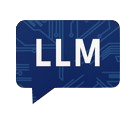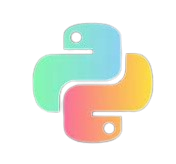Associative Embedding= End-to-End Learning for Joint Detection and Grouping
Q&A
1
What is standard dense supervised learning? Mentioned in [[CenterNet]].
Standard dense supervised learning typically refers to a supervised learning setup where:
- Standard supervised learning means:
- You have input data X and corresponding ground truth labels Y.
- The goal is to train a model $f_\theta(X)$ that maps inputs to outputs by minimizing a loss function (e.g., cross-entropy, MSE) between the predicted labels and ground truth.
- The training dataset is fully labeled (i.e., each input has a corresponding label).
- Dense refers to:
- A per-pixel or per-element prediction task, where every element in the input gets a corresponding label.
- Common in vision tasks like:
- Semantic segmentation (each pixel is labeled with a class).
- Depth estimation (each pixel has a depth value).
- Optical flow (each pixel has a motion vector).
- Surface normal estimation (each pixel has a 3D orientation vector).
In contrast to sparse supervision, where only a subset of the input (e.g., bounding boxes, keypoints) is labeled, dense supervision provides full annotations for every relevant part of the input.
Example
In semantic segmentation:
- Input: an RGB image (e.g., 512×512 pixels).
- Output: a label map of the same size (512×512), where each pixel has a class label like “road”, “car”, “sky”, etc.
- Model: often a Fully Convolutional Network (FCN) or encoder-decoder like U-Net or DeepLab.
- Loss: usually pixel-wise cross-entropy.
Associative Embedding= End-to-End Learning for Joint Detection and Grouping



